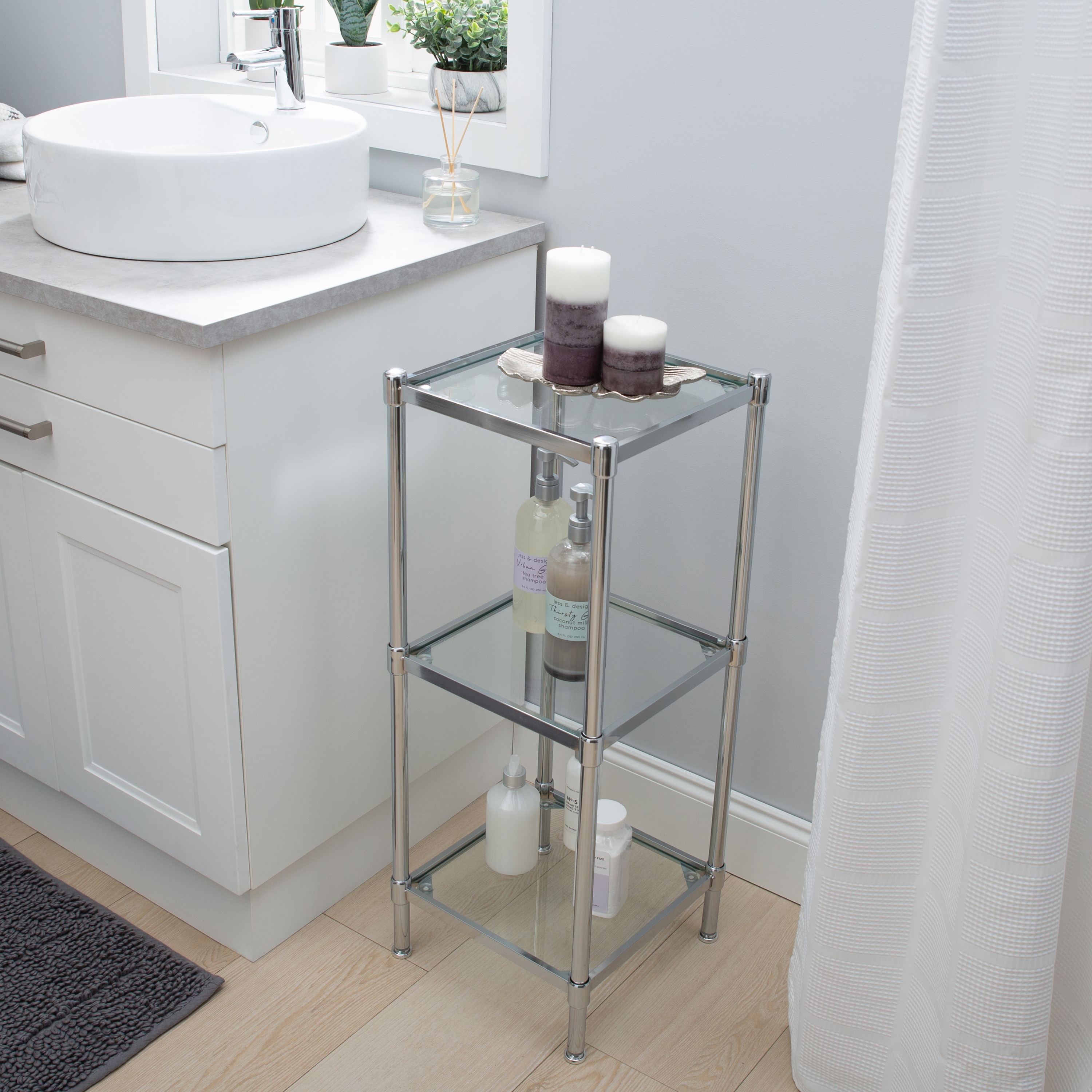Installation and Usage of the Lowe’s Never Leak Hose Cabinet: Lowes Never Leak Hose Cabinet

Transforming your outdoor space into a haven of organized efficiency begins with the simple yet impactful installation of the Lowe’s Never Leak Hose Cabinet. This guide will walk you through the process, ensuring a smooth and rewarding experience that leaves you ready to tackle your gardening chores with ease and pride. Prepare to unlock a world of convenient hose storage and protection.
Lowes never leak hose cabinet – The Lowe’s Never Leak Hose Cabinet is designed for straightforward installation, minimizing the need for specialized tools or extensive expertise. The key to a successful installation lies in careful planning and adherence to the provided instructions. Remember, a little preparation goes a long way in achieving a satisfying outcome.
Step-by-Step Installation Guide
The following steps provide a clear path to installing your Lowe’s Never Leak Hose Cabinet. Visualize each step as you read, picturing the process unfolding before you. Remember, patience and attention to detail are your greatest allies in this endeavor.
- Choosing the Location: Select a level, stable surface near your outdoor water spigot. Consider proximity to your garden or areas where you frequently use the hose. Imagine the convenience of having your hose readily accessible, saving you precious time and energy.
- Surface Preparation: Ensure the chosen surface is clean, level, and free from debris. A level surface is crucial for proper cabinet alignment and prevents instability. Picture a perfectly level cabinet, a testament to your meticulous preparation.
- Mounting the Cabinet: Use the provided hardware to securely attach the cabinet to the wall or surface. Follow the manufacturer’s instructions precisely, ensuring all screws are tightened appropriately. Imagine the sturdy cabinet firmly affixed, ready to withstand the test of time.
- Hose Connection: Connect the hose to the cabinet’s inlet and outlet, ensuring a watertight seal. Carefully examine the connections to prevent leaks. Imagine the seamless flow of water, a symbol of your successful installation.
- Storing the Hose: Carefully wind the hose onto the reel, ensuring it’s neatly organized and evenly distributed. Avoid kinks or tight bends that could damage the hose. Imagine the neatly coiled hose, a picture of organized efficiency.
Common Installation Issues and Solutions, Lowes never leak hose cabinet
While the installation process is generally straightforward, some minor challenges might arise. Being prepared for these potential hurdles will ensure a smooth and efficient installation. Consider these points as proactive measures to prevent any setbacks.
- Problem: Unlevel surface. Solution: Use shims or leveling blocks to create a stable and level mounting surface before attaching the cabinet.
- Problem: Difficulty connecting the hose. Solution: Ensure the hose end is properly lubricated and aligned with the cabinet’s inlet/outlet. Use pliers if necessary, but avoid excessive force.
- Problem: Leaking connections. Solution: Double-check all connections, ensuring they are securely tightened. If leaks persist, consider using Teflon tape to create a tighter seal.
- Problem: Cabinet not aligning properly. Solution: Carefully re-examine the mounting points and ensure the cabinet is correctly positioned before tightening screws. Use a level to check alignment frequently.
Maintaining and Cleaning the Lowe’s Never Leak Hose Cabinet
Regular maintenance is key to prolonging the life and functionality of your Lowe’s Never Leak Hose Cabinet. These simple steps will ensure your cabinet remains a reliable and efficient part of your outdoor setup for years to come. Consider this preventative maintenance as an investment in the longevity of your equipment.
- Regular Cleaning: Periodically wipe down the cabinet’s exterior with a damp cloth to remove dirt and debris. Avoid harsh chemicals that could damage the cabinet’s finish.
- Hose Maintenance: After each use, drain any remaining water from the hose to prevent freezing and damage. Store the hose neatly to prevent kinking and tangling.
- Inspection: Regularly inspect the cabinet’s connections and seals for any signs of wear or damage. Address any issues promptly to prevent leaks and maintain functionality.
